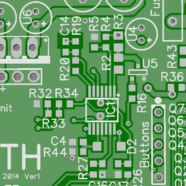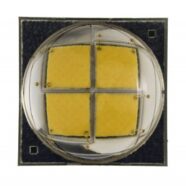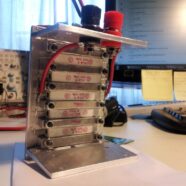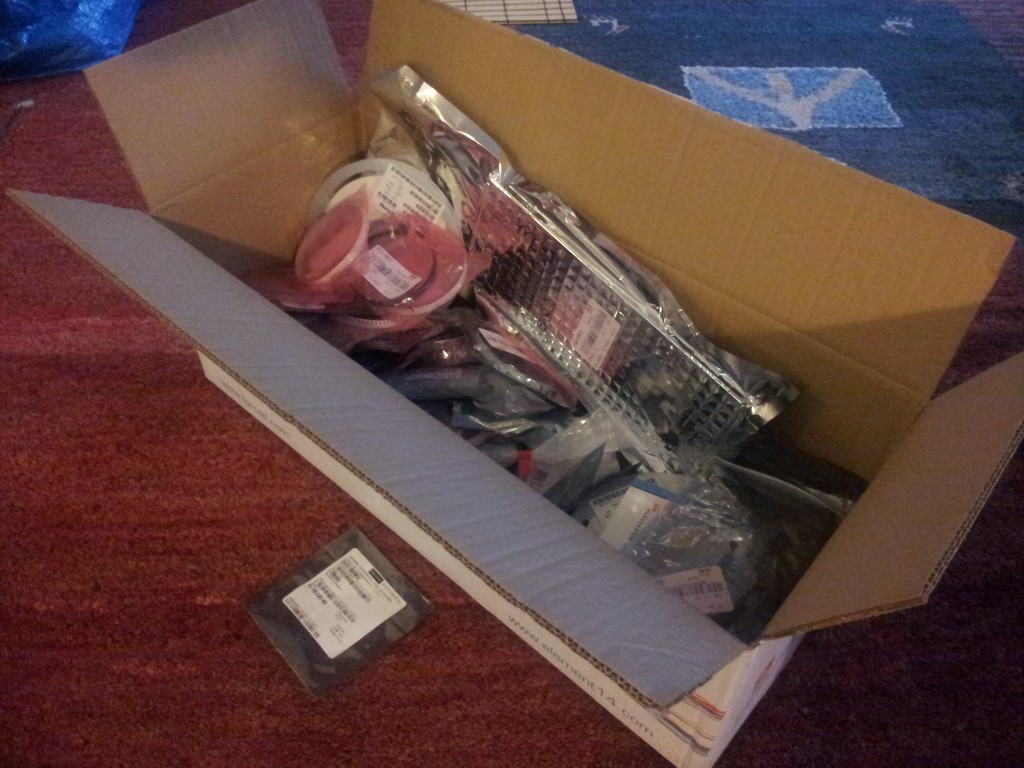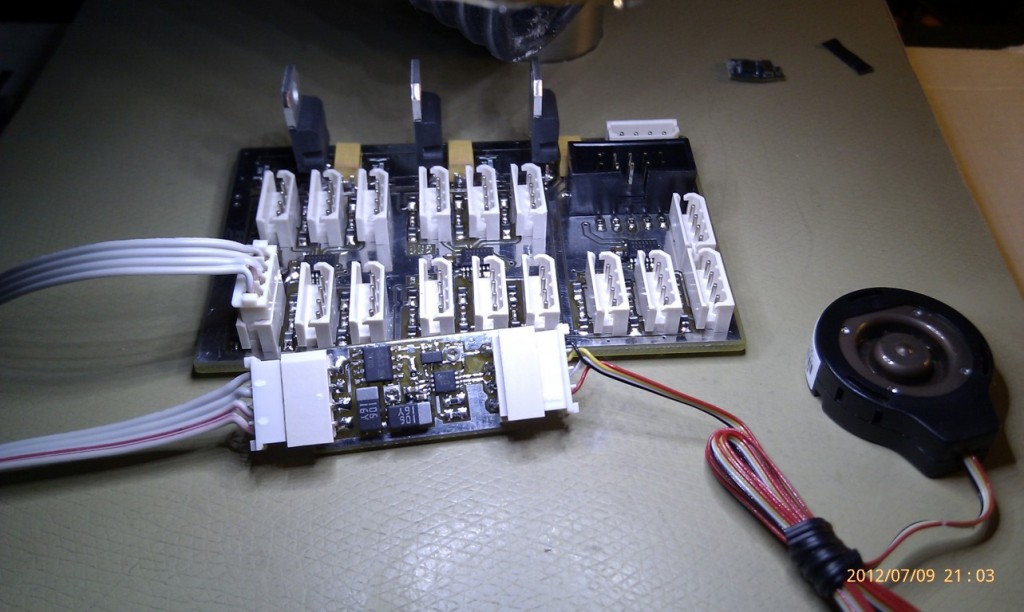Lab power Supply
I am currently teaching a PCB Design course at my University (KTH). And the two previews years the students had to build a STM32 prototype board. The problem was that many of the students thought it was really hard to design the board layout, and there was not many that used the board afterwards. So for this year I changed the design so they should create a lab power supply. If you are going to study electronics you got to have a lab power supply. So I put forth three different solutions that the students could choice from, easy, hard, harder 🙂 . Easy is only a board with internal voltage reference and two potentiometers for voltage and current. And the two other has a STM32F3 Discovery board as a reference and controller, with the harder boards the user can set the voltage and current limit trough push buttons.
Specification of the “Harder” board.
- Current limit and voltage is set trough push buttons.
- Max 20v / 1.5 Amp based on how much cooling the regulator IC gets.
- LCD that displays voltage and current (in mV and mA resolution).
- Frequency counter that can sens 1mHz to 10 MHz, I will know the true max when i have the real board assembled.
- Frequency generator , set frequency and duty (PWM).
- Voltage and current sense is calibrated to avoid nonlinearity in the ADC.
- Settings are stored in flash. So when you reset/restart the unit it will have the same values and settings as before.
- and some more..
This way it is better, because now I have a better way to determent (and show) how good the student has designed the board. By noise measurement with static / oscillating load or no load the students will see how good their design is. And I suspect some boards will oscillate or in worst case burn. So the students will be faced with troubleshooting their own board. And if the student board works, I will introduce a fault so they have to troubleshot, which is the best way to see if they understand the inner workings of the design 🙂

LED Driver (Torch Controller)
I created a intelligent LED driver for my friend Marcus, his current project is to build a underwater torch light. The controller regulates the current to the led based on intensity setting and LED temperature. Most underwater torches are easy to break if you use it on land where the LED/Lamp will get overheated pretty quick. The controller can supply the led with 1.5Amp at most, I believe he is using the CREE MKR which is rated to 1665 lm at 15.25 W (12.2 V, 1250 mA). The first idea was to use the MCU to sense the voltage over the led when it’s turned off, and then use a PC screen to send command to the torch controller trough a PC program -> Screen -> LED -> MCU. But when we tested the idea it showed us that a standard LCD Screen did not affect the voltage out from the LED. but if we used a normal lamp or sunlight the LED supplied a few hundred mV, so that idea did not work. The board holds two switch regulators, one for the LED and one for the MCU. And the MCU can
also read the LED current.
The MCU is a STM32L151
Want to read more about Marcus underwater torch, click the link LINK
Read MoreDIY hotplate
I needed a simple hotplate, so I used a few resistors in parallel to get the power I needed. The goal was to reach about 100 degrease, and I was almost spot on when I used a laptop charger as power supply.
Read MoreFive thousand components to solder, where is my PNP
Yeep, got the latest PCB boards and components delivered. Anyone how thinks soldering is fun and wants to help ? 🙂
Read More
Strain gauge multiplexer
I created a strain gauge multiplexer that is used for sensing the force on five (x,y,z) points on a wear tester.
It contains a multiple strain gauge amplifier and a multiplexer board.
Solderstation Update
The housing is finished. So all thats missing is the code for the controller and PC.
Read More


